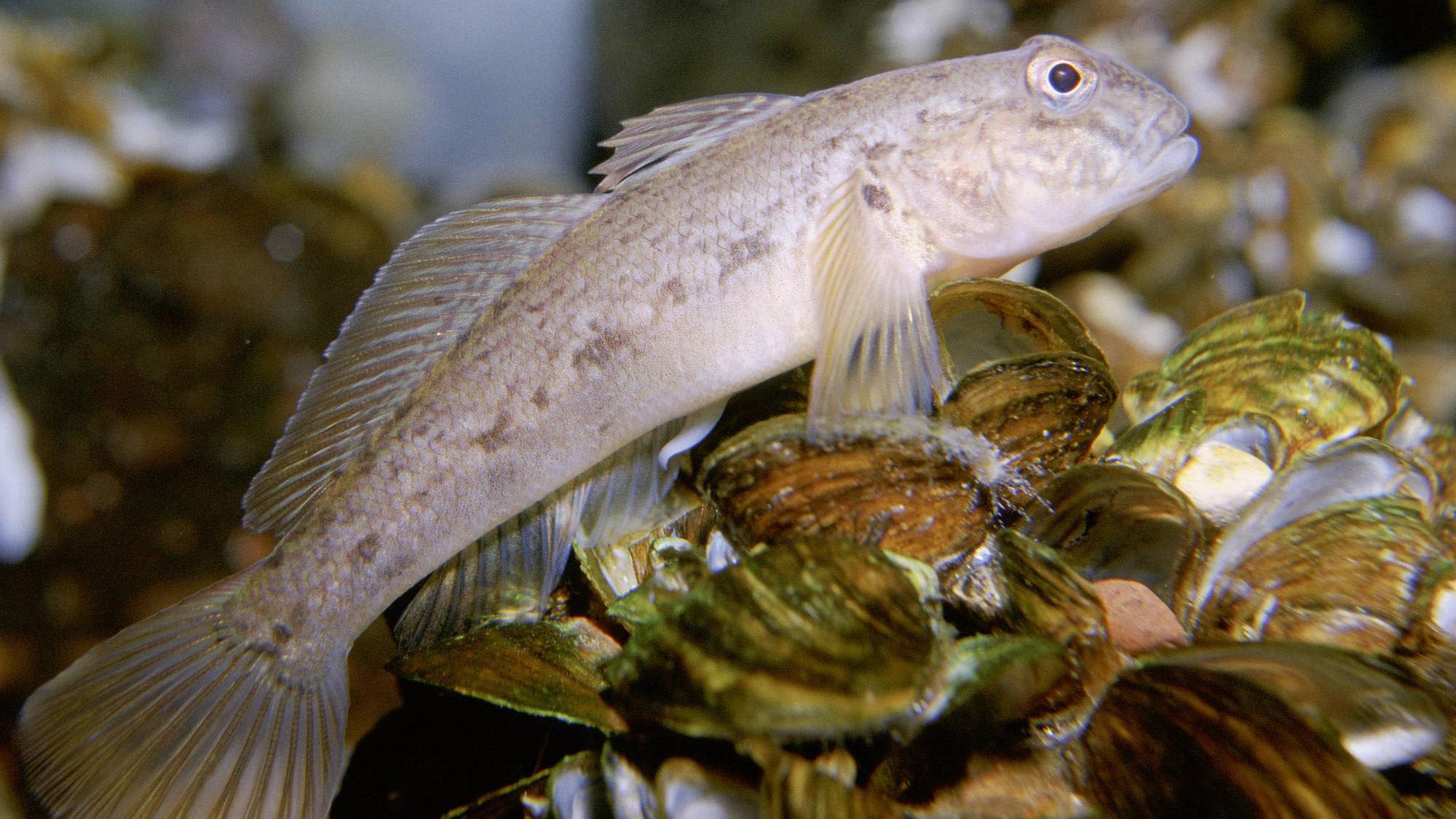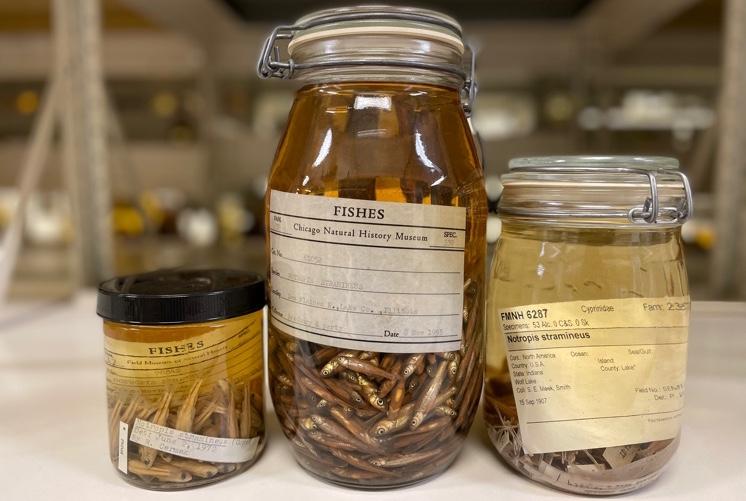fish.indah.link
Each day before dawn, the Birren family sets to work to bring the freshest of fresh seafood to its customers. Whether it be at 4 a.m. to go out in the many fishing boats they own or to clean and prepare fish for their retail outlet, the Birrens know more than a thing or two about fresh seafood.
Being the wife of a commercial fisherman, Kathryn Birren understands the fishing industry.
"Our family has been in the seafood business for over 60 years,” she said, who is popularly known as Kathy.
“We are promoting our local seafood industry,” she said. “We really want to be known as the place to buy fresh seafood. Our seafood comes from our local water and is caught by our local crabbers and fishermen. We have the most wonderful crabbers and fishermen working with us.”
“Fresh fish straight off the boat is the absolute best,” said Kathy. “You don’t know how good fish is until you get really fresh fish,” she said.
After seeing more and more low-quality seafood being presented to the public, Kathy and her husband Ronnie made the decision to open a retail market that puts consumers’ health and safety first. Their retail seafood market is called From Boat to Table and is located on Calienta Street in Hernando Beach just at the junction of Shoal Line Boulevard.
The market carries a large variety of seafood products that support the Commercial Fishermen of America. Their mission is to promote the interests of the fishing industry, provide a forum to foster professional collaboration among fishermen, and educate our community about the profession of commercial fishing.
“Our seafood comes right off our boats docked right behind the store,” she said. “We specialize in presenting whole fish for our customers, not just pre-cut fish fillets. You can take the fish home whole or we can clean and dress it for you at no extra charge.”
Kathy and Ronnie have been married for 30 years and their children Jesse, Matthew, Sarah and Mandy are all involved in the business of fresh seafood. It’s truly a seafood family.
“I grew up in New Jersey on a 41-foot trawler on the Delaware River and it was when we traveled to the Florida Keys that I met Ronnie,” said Kathy. “I was fishing off a fuel dock when he pulled in his large commercial fishing boat. Ronnie threw me the rope and I tied him up to the dock proudly, just like my father had taught me. I guess you could say he threw me a line,” she laughed.
Ronnie’s family came from Hudson in Florida and in 2006, the couple purchased a property in the county and started their wholesale business. At that particular time, they weren’t quite ready yet to tackle the retail market because it would take up so much of their precious time.
“It just wasn’t the right time for us,” said Kathy. “And then came along COVID-19,” she explained.
“Restrictions were enforced on socializing, restaurants closed their doors and orders for wholesale seafood plummeted,” said Kathy.
This is when Kathy’s ingenuity kicked in. She explained how fishermen pay thousands of dollars for fuel each time they go out to fish, plus labor costs for each boat and now their catch of stone crabs wasn’t selling.
“I couldn’t let that happen to these good people,” she said. “Knowing where your food comes from seems simple enough but for fishermen, it’s a way of life. And for seafood lovers, it’s vital to know how, when, where, and by whom their seafood was harvested.”
Kathy was determined to sell those crabs so she dropped the price, got on social media and ‘blew the whole lot right out the door.’
“I wasn’t sure what to expect,” Kathy said, “but the interest was overwhelming. We got thousands and thousands of views online,” she said. And all through the COVID shutdown, people were driving from Orlando, Lakeland, Ocala and Gainesville to get our seafood.
"My daughters and I donned masks and gloves and were running in and out nonstop with iced bags of stone crabs to customers in their cars,” she laughed. Ït was very heartening and we sold the lot.”
For Kathy that was the turning point and she said to her husband that they should now go retail. Ronnie was incredulous about opening a retail seafood market in the middle of a pandemic but Kathy was inspired because she wanted to sell healthy seafood straight from the sea — not imported, farm-raised produce. Only the freshest produce has sublime texture and flavor.
“I knew this was the time to open the market particularly when so many people had driven so far to show desire and love for fresh seafood,” she said with tears in her eyes.
From Boat to Table officially opened July 8, 2020 right in the heat of the pandemic. But then came a setback. Kathy had to have emergency spinal surgery. Still healing from that surgery, Kathy was not to be daunted. She turned to social media again making short videos to reach out to her customers. It was a huge success.
“Good customer service is critical to me,” said Kathy. It’s important customers enjoy the experience when they come to choose seafood,” she said. "Everyone that works here is trained in quality customer service and we offer discounts for military personnel, law enforcement, firefighters and first responders.”
Customers of From Boat to Table include residents from The Villages who drive a fair distance every other week to buy about $500 worth of seafood.
“We really do love our customers because they’re so appreciative of what we offer,” Kathy said. “And we support our local fishermen who take great pride in feeding their families and communities, sharing the bounty of the sea with great reverence and respect.”
From Boat to Table brings a wealth of fresh local fish to its customers like whole red snapper, gag grouper, scampi, red grouper, yellow tail snapper, hog snapper, lane snapper, mutton snapper, seabass and mango snapper. They also carry middle and little neck clams, oysters, mussels, house-made smoked fish and seafood dips, Sushi grade tuna, Faroe salmon, King crab, snow crab, blue crabs, alligator, conch, octopus, calamari as well as lots of dips, sauces and breading. The fish not caught locally is bought from high quality seafood vendors.
“We’re proud to say we are the largest producer of stone crab claws in Hernando County and many of our surrounding counties,” said Kathy. “We also supply several of our local Hernando Beach restaurants.”
“Our family has a passion for what we do, and care about educating people about quality seafood and how to best prepare it.”
It’s in my heart to bless them,” said Kathy.
The Link Lonk
April 29, 2021 at 01:24AM
https://ift.tt/3t9Ewm5
The Joy of Fresh Fish - Hernando Sun
https://ift.tt/35JkYuc
Fish
















